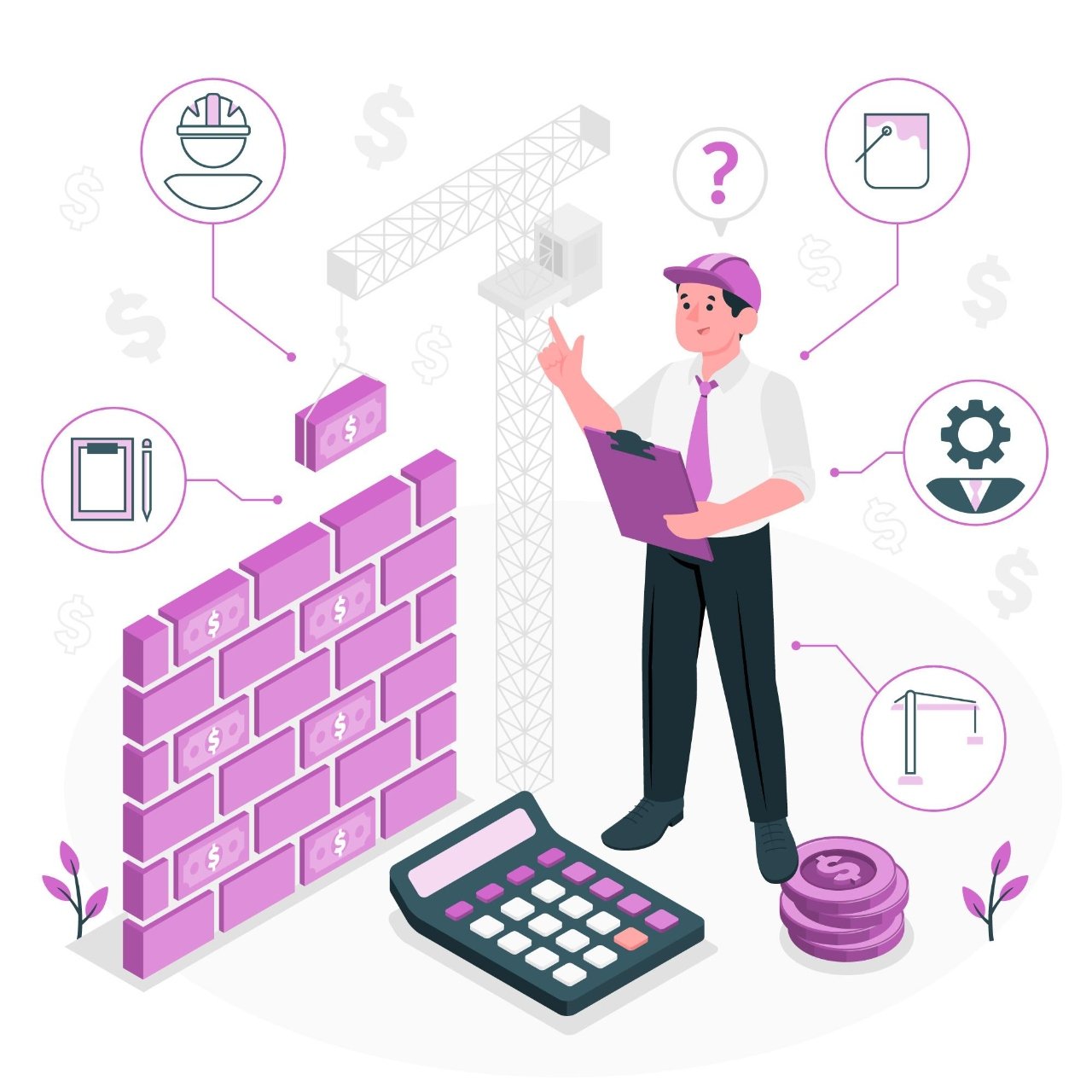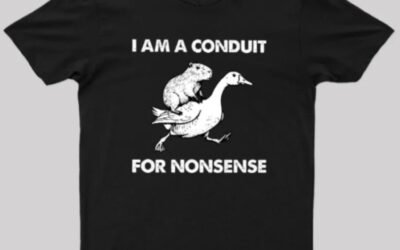Breaking Barriers in Design and Engineering with Emerging Tools

The worlds of design and engineering are transforming faster than ever, thanks to a wave of groundbreaking tools and technologies. Innovations like artificial intelligence (AI), virtual reality (VR), and advanced manufacturing techniques such as 5 axis CNC milling are breaking traditionally complex barriers, enabling creators to work smarter, faster, and with more precision than previously thought possible.
But what are these emerging tools, and how are they reshaping industries? From prototyping to large-scale production, we’ll explore how these advancements empower designers and engineers to create extraordinary solutions. Get ready to uncover the incredible potential these tools hold in your field.
How Emerging Tools are Revolutionizing Design and Engineering
Enhanced Prototyping with AI
Prototyping has long been a time-consuming part of the design and engineering process. But AI-powered tools are changing the game by automating aspects of ideation, testing, and development.
With AI algorithms, designers can simulate stress tests on materials, analyze designs for flaws, or even generate alternative solutions based on performance optimization goals. For engineers, these simulations predict real-world outcomes, helping refine designs without requiring multiple physical prototypes.
Example in Action
Consider the automotive industry, where AI allows companies to simulate crash tests virtually, saving enormous costs and resources while delivering safer car designs in a fraction of the time.
Immersive Visualization Through Virtual Reality
Gone are the days when blueprints and CAD software were the only ways to visualize a design. Virtual reality has introduced a revolutionary level of immersion, empowering design professionals to step inside their creations and spot areas for improvement at an early stage.
VR tools are already paving the way for more precise decision-making. For example, architects can virtually tour an unbuilt skyscraper, tweaking elements like lighting or spatial placement in real-time. Engineers, meanwhile, can use VR interfaces for troubleshooting machinery or optimizing assembly lines before components even reach the factory floor.
With the ability to walk through designs and interact with them in a lifelike way, professionals can minimize errors and enhance collaboration between stakeholders.
The Precision of Advanced Manufacturing
Advanced manufacturing methods, such as 3D printing and 5 axis CNC milling, are redefining the limits of production. By enabling unparalleled accuracy and flexibility, these technologies allow manufacturers to craft complex designs that were once nearly impossible using traditional tools.
What Is 5 Axis CNC Milling?
This cutting-edge process uses a computer numerical control (CNC) system to manipulate cutting tools along five different axes, as opposed to the standard three. This allows for the creation of intricate geometries with fewer machining steps and better precision, making it ideal for industries such as aerospace, dental, and automotive manufacturing.
Benefits at a Glance
- Reduced Tooling Costs: With fewer setups required, manufacturers save both time and money.
- Improved Accuracy: The ability to machine from multiple angles ensures tight tolerances, especially for complex components.
- Greater Design Flexibility: Engineers can execute designs that would have been nearly impossible with traditional manufacturing.
From custom aerospace parts to medical devices, advanced manufacturing techniques like 5 axis CNC milling are unlocking opportunities to build more efficient and innovative products.
Collaboration in Design Like Never Before
Barriers in communication and project management have always been a challenge for design and engineering teams. However, new collaboration platforms have erased these roadblocks, fueling more efficient teamwork across the globe.
Tools like cloud-based CAD software and productivity platforms integrate workflows seamlessly, offering real-time changes and shared access to large design datasets. Coupled with AI and VR, these tools bridge gaps between geographically dispersed teams, fostering innovation and accelerating projects.
Real-World Example
Take international aerospace projects, where teams scattered across different continents must coordinate seamlessly. With connected platforms, they can tweak airplane designs in real time, ensuring everyone is on the same page despite being thousands of miles apart.
Sustainability Through Emerging Tools
Sustainability has become a major focus for design and engineering efforts, and emerging technologies are helping professionals build a greener future by reducing waste and energy consumption.
For example, AI algorithms optimize building designs for energy efficiency, while 3D printing minimizes material waste by crafting items layer by layer. Sustainable practices are no longer afterthoughts; they’re integrated into the very foundation of design and production, thanks to today’s tools.
Democratizing Creativity
Perhaps one of the most significant impacts of emerging design tools is their accessibility. With cloud computing and affordable 3D printing, designers and entrepreneurs from smaller firms can compete on a global scale.
The result? A democratization of creativity, where exceptional ideas no longer require a multi-million-dollar budget to execute.
Harnessing the Potential of New Technologies
For designers and engineers willing to explore new tools, the possibilities are limitless. These emerging technologies don’t just improve efficiency; they redefine what’s possible. However, integrating these tools effectively requires professionals to stay curious, continuously learn, and collaborate.
Make a point to test out these tools on your next project, whether it’s by incorporating advanced manufacturing techniques like 5 axis CNC milling or reimagining workflows with VR. The key is to stay ahead of the curve and leverage the power of technology to fuel innovation.
Take Your Design and Engineering to the Next Level
The barriers that once constrained creativity and innovation in design and engineering are rapidly dissolving. With tools like AI, VR, and 5 axis CNC milling, you’re not just refining workflows; you’re pushing the boundaries of possibility.











